Post by Kayla McDaniel, undergraduate in Psychology pursuing an Interdisciplinary Neuroscience minor at Portland State University. Kayla is a full-time Research Assistant working in Dr. Miranda Lim’s Sleep & Health Applied Research Program (SHARP) laboratory at the Portland Veteran’s Administration Medical Center and OHSU.
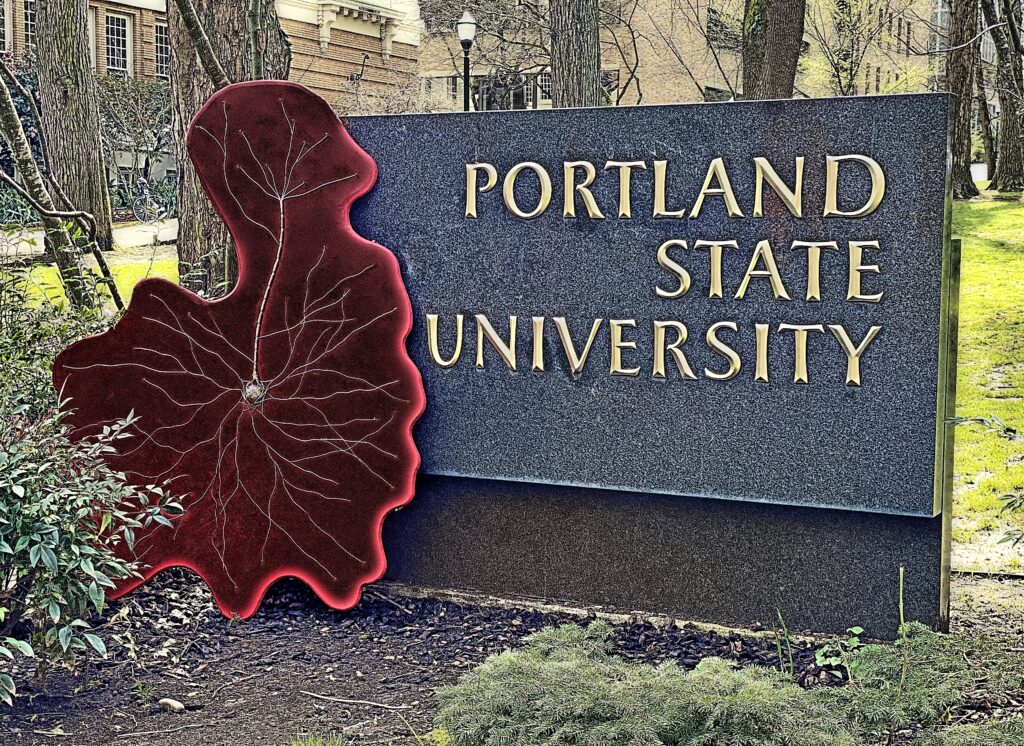
“We must have perseverance and above all confidence in ourselves. We must believe that we are gifted for something and that this thing must be attained.”
— Marie Curie
I’m currently a Psychology major at Portland State University (PSU) as well as a full-time Research Assistant at the Portland Veterans Affairs Medical Center where we contract with Oregon Health & Science University (OHSU). My experience pursuing research has been challenging as I’m a first-generation student as well as a former foster youth.
Throughout my academic career, I’ve maintained both full-time status as an undergraduate in college and full-time paid work as so many students must do in order to support themselves. I moved to Portland from Long Beach, California in 2019 and transferred into PSU in the spring of 2020.
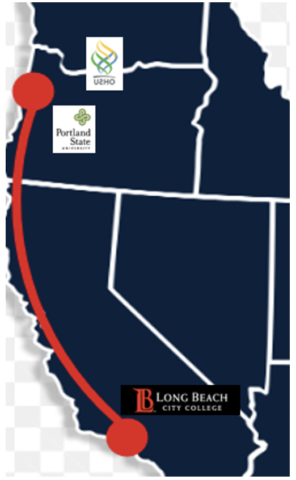
Journey into STEM
My previous work history consisted of service and retail, and both industries can be extremely physically taxing. I grew tired of working in positions where I didn’t feel inspired or valued and I started to reach out to people in my newly chosen field.
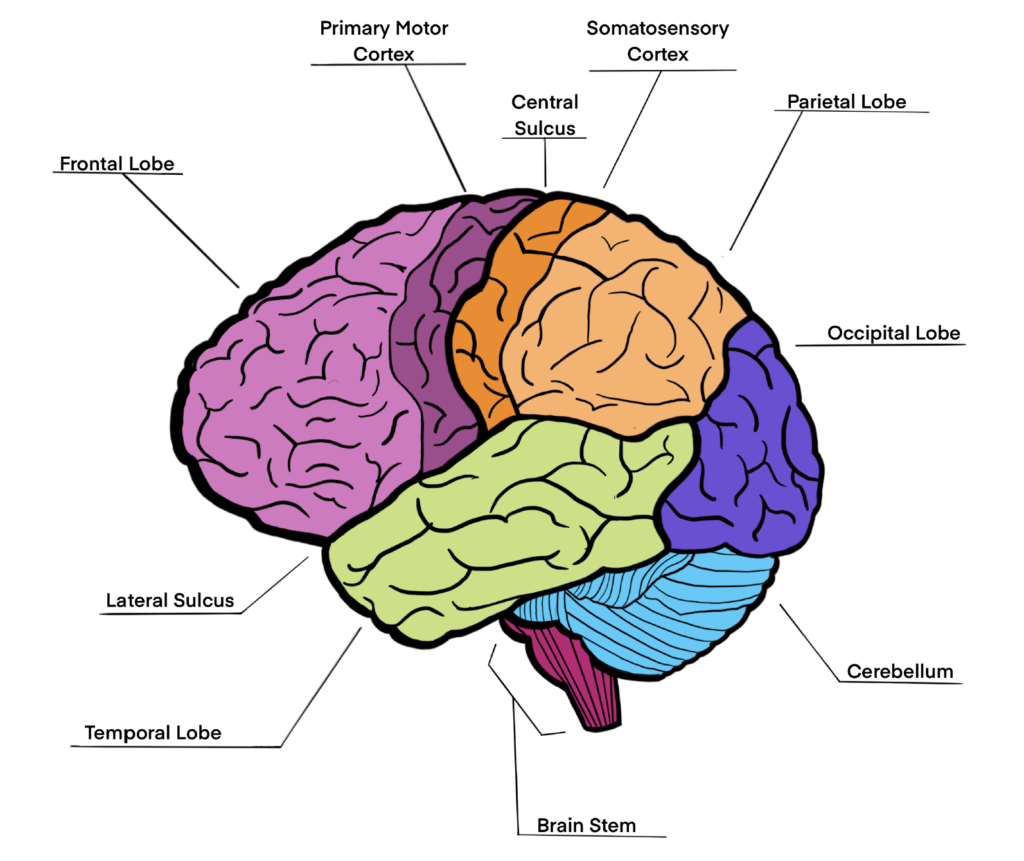
Prior to working in research and studying Psychology, I majored in Computer Science for two years and then Finance for one year more. I grew accustomed to navigating male dominated departments, but encountered a lot of resistance as a woman before realizing that I did not feel passionate about either field. I decided to change my major and pursue something that made me happy after I started working for an investment firm. Finance can offer amazing opportunities for some people but in my experience as a first-generation student and as a woman, I felt like I had to fight for space and prove myself when I was not even truly passionate about the field in the first place. This period in my life became a turning point.

“Don’t let anyone rob you of your imagination, your creativity, or your curiosity. It’s your place in the world; it’s your life. Go on and do all you can with it, and make it the life you want to live.”
— Mae Jemison
Before working in research, I had no knowledge that I even qualified for a position. I was also very aware of how difficult it can be for women working in STEM.
I’ve always had an intense interest in serving populations that have experienced previous or ongoing trauma and this is where I started to look for work. The main thing I did to move my career into research was to ask questions and look into the existing job market. I attended outreach meetings within my field, communicated with my peers, and reached out to current research scientists.
LEARN MORE: NIH Women in Science
LEARN MORE: Outperforming yet undervalued: Undergraduate women in STEM
LEARN MORE: Women of Color in Science at the National Institutes of Health
LEARN MORE: Research Opportunities: Women in Science at the NIH
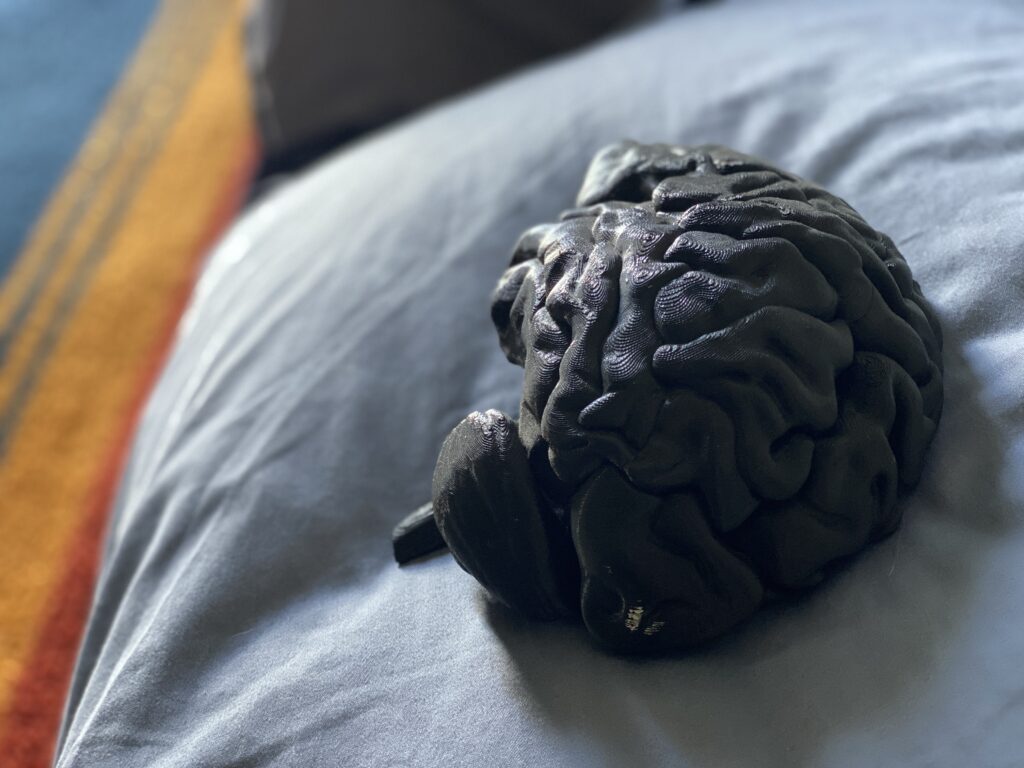
Transitioning into a Career in STEM
In my junior year of college, one of my Psychology professors told us about a volunteer opportunity to work in a Community Psychology lab studying the prevention of sexual violence. I volunteered in this lab for about a year and committed roughly 6-10 hours per week. This initial volunteer experience gave me the background I needed to qualify for paid research positions.
Towards the end of my one year commitment, I started looking for jobs in trauma research labs. I also pursued positions in clinical work but I desperately wanted to work in research. I finally found a Research Assistant job posting for Dr. Miranda Lim’s laboratory in the Sleep & Health Applied Research Program (SHARP) Lab at the Portland VA/OHSU and I applied, even though I did not meet all of the listed criteria. I hoped to hear back or maybe receive information on other opportunities that would better align with my skill set and fortunately Dr. Carolyn Jones-Tinsley from Dr. Lim’s laboratory reached out and referred me to a full-time paid fellowship offered through the Portland VA Research Foundation (PVARF).
LEARN MORE: PVARF Employment Opportunities
This paid research position position was only for 3 months, but I decided to take a risk.

I liked that this laboratory included several successful women, and representation in STEM aligns with my core values. I strongly identify with this quote from Nobel Prize winner May-Britt Moser, who eloquently described her need to represent science as a Psychologist and a Neuroscientist.
“With men you’re expected to do well and get the support, but for females, you have to sacrifice something in a different way from men… I think it’s very important for other woman to see that I have had success.”

LEARN MORE: May-Britt Moser
During my fellowship I was mentored by a Senior Research Assistant, Kate Gutowsky. Kate displayed so much confidence in my capabilities and really pushed me to achieve and master skills I never thought I could. I had an amazing opportunity during this fellowship to be part of a project on botanical research in mice and present to other fellows as well as to various scientists at OHSU and PVARF. Close to the end of my fellowship, I received an offer to stay in the lab as a Research Assistant 1 and I now lead research on a federally funded project examining sleep disorders, neurotrauma and Parkinson’s disease.
So, What is it Like to Work in Animal Research?
After eight years of work experience in retail, service and other corporate jobs, I finally found a position that aligns with my passions. Fortunately, the steps I took worked in my favor and I became a full-time Research Assistant in the SHARP laboratory and have taken the lead on a mouse model project on REM Sleep Behavior Disorder (RBD) and its connection to neurotrauma.

In our lab, we perform sleep studies with mice using Electroencephalogram/ Electromyography (EEG/EMG) technology, which provides “sleep files” that contain data on patient brain waves and muscle movements when they are awake, during Non-REM (NREM) sleep and during periods of REM (“rapid eye movement”) sleep. REM sleep is well known as the “dream” stage of sleep where the brain is active but the muscles show atonia, i.e., reduced muscle tone (aside from the diaphragm, which lets us breathe).
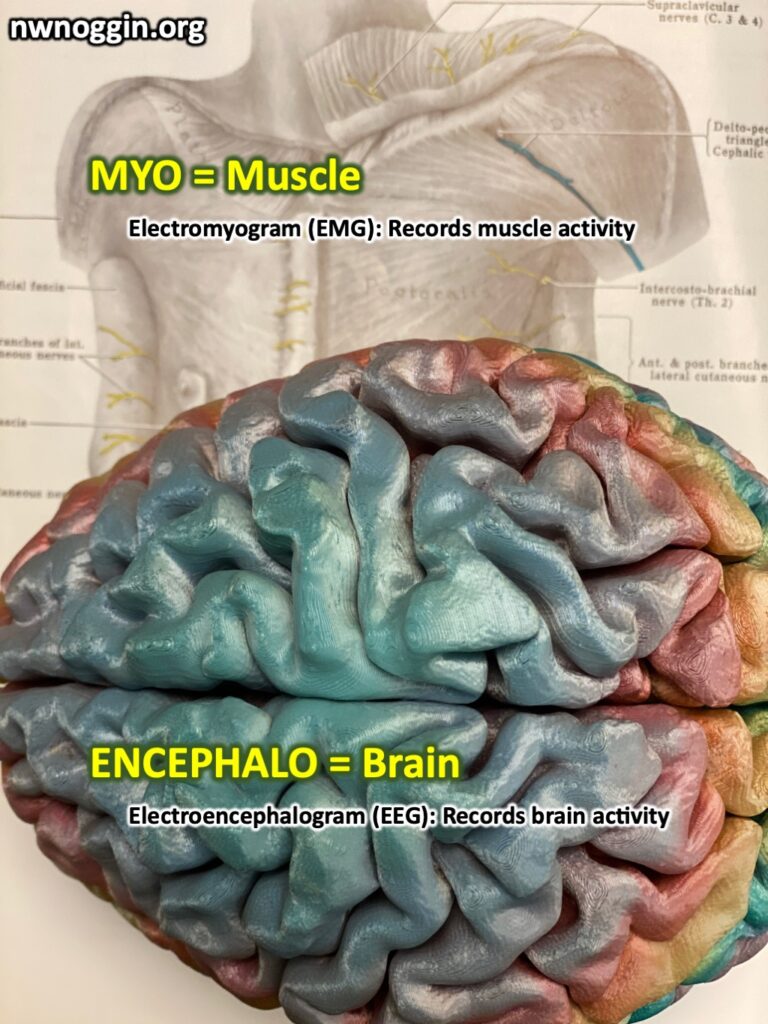
LEARN MORE: Noggins in Nod: The science of sleep
LEARN MORE: How Sleep Works: Sleep Phases and Stages
LEARN MORE: Polygraphic Recording Procedure for Measuring Sleep in Mice
LEARN MORE: Combined Use of EMG and EEG for Neuromotor Assessment
In individuals with REM Sleep Behavior Disorder (RBD), REM sleep is experienced without atonia, so individuals with this specific “parasomnia” will have extreme muscle movement while in REM sleep as if they were awake. They often physically act out their dreams (known as “dream enactment”).
“The list of fun and easily fixed brain diseases is very short.”
— Mike Birbiglia
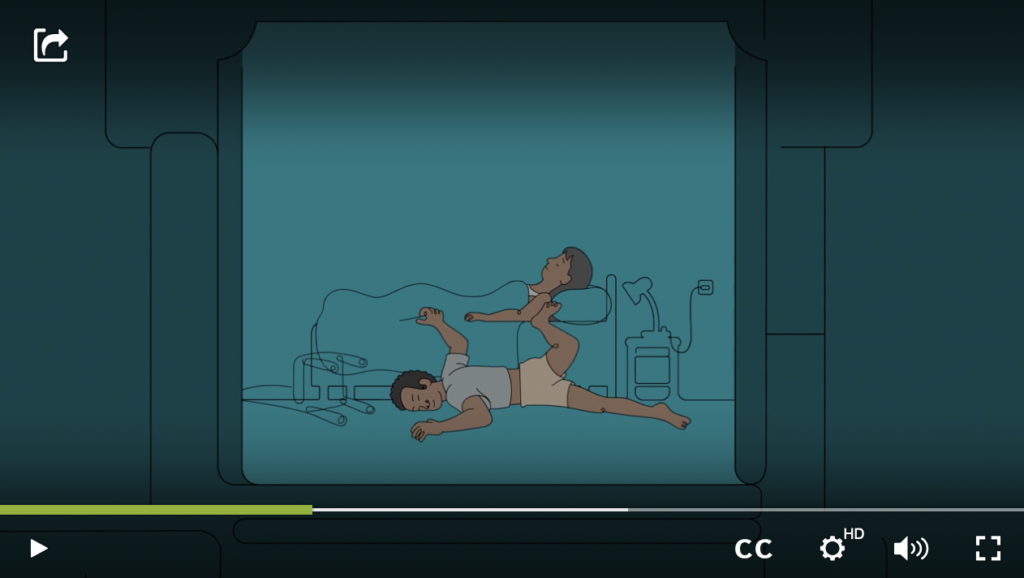
LEARN MORE: Comedian Mike Birbiglia “What’s the Connection Between Sleep and Brain Disease?”
LEARN MORE: Rapid Eye Movement Sleep Behavior Disorder
In mice, we quantify these sleep stages by looking at the electrical signals from both EEG (brain) and EMG (muscle). Below is a great example from a study done by Frainge et al. in 2015, examining the differences in REM sleep between individuals with RBD and without.
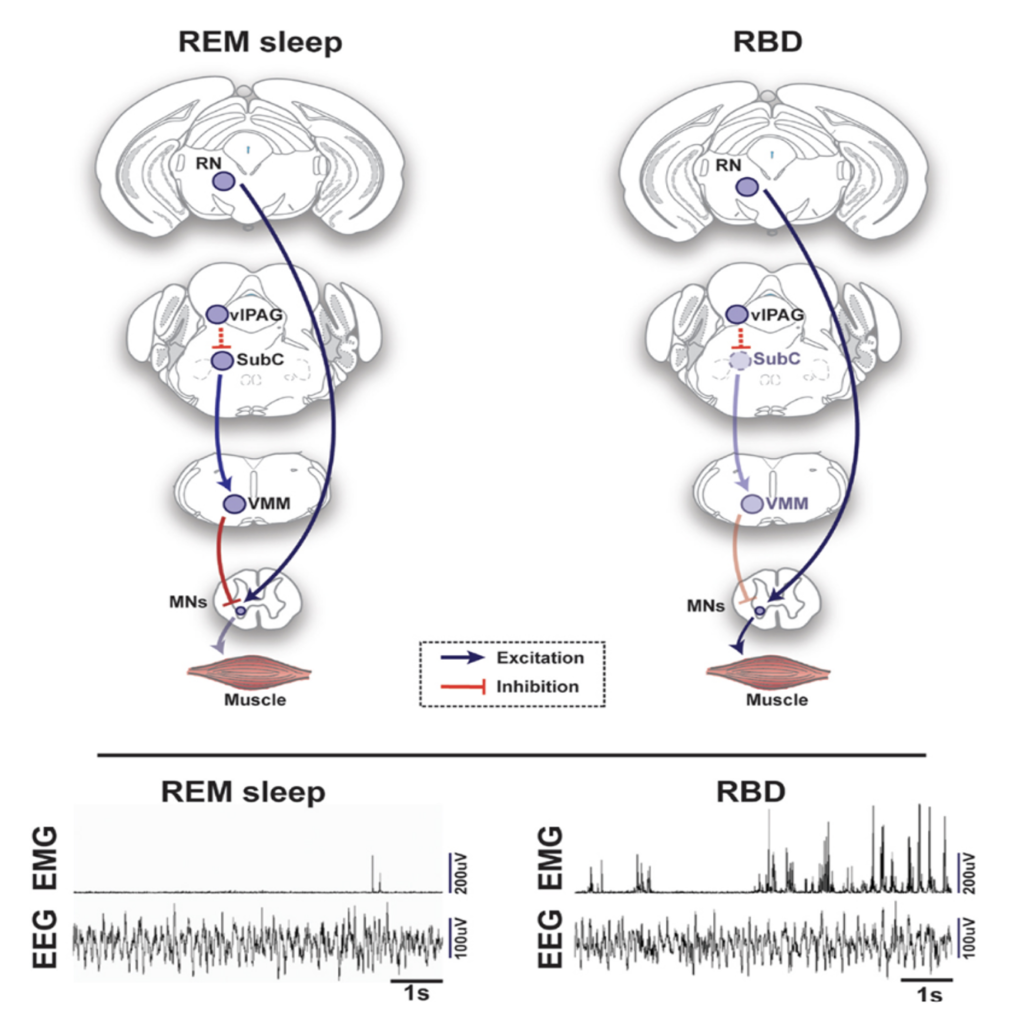
LEARN MORE: REM sleep at its core – circuits, neurotransmitters, and pathophysiology
LEARN MORE: Brain Cleansing Technology & Better Sleep podcast with Miranda Lim
LEARN MORE: Sleep, chronic pain, and sensory sensitivity in TBI: From observation to intervention
At the Portland VA, we started a mouse colony with multiple different strain mutations that are studied for the RBD project. One of the mouse strains we bred is referred to as A53T-SynGFP. It is a transgenic mouse (a mouse with an intentionally altered genome) that over-expresses a protein called alpha-synuclein. This protein is known to collect (or aggregate) in the brains of individuals with serious diseases like Parkinson’s, Lewy Body Dementia and other degenerative “synucleinopathies.”
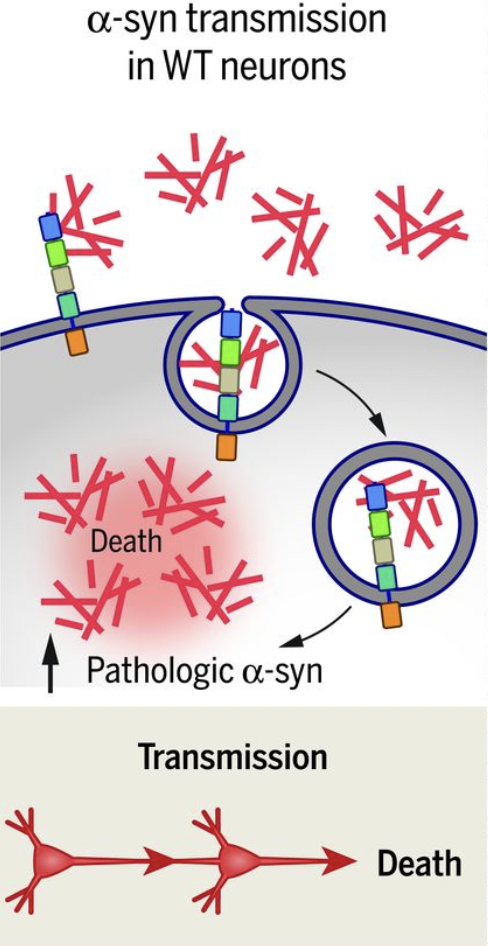
LEARN MORE: Alpha-Synuclein Aggregation Pathway in Parkinson’s
LEARN MORE: Parkinson’s Disease: Causes, Symptoms, and Treatments
LEARN MORE: What Is Lewy Body Dementia? Causes, Symptoms, and Treatments
LEARN MORE: Modeling Parkinson’s Disease With the Alpha-Synuclein Protein
LEARN MORE: α-Synuclein in Parkinson’s Disease
LEARN MORE: Transgenic Mouse Technology: Principles and Methods
Green Glowing Mice!
What is really fascinating to me about this mouse strain, is that the green fluorescent protein (GFP) tagging creates a bioluminescent coloring of the skin which allows us to genotype them easily. This striking bioluminescence is only visible with a specific type of flashlight and goggles.
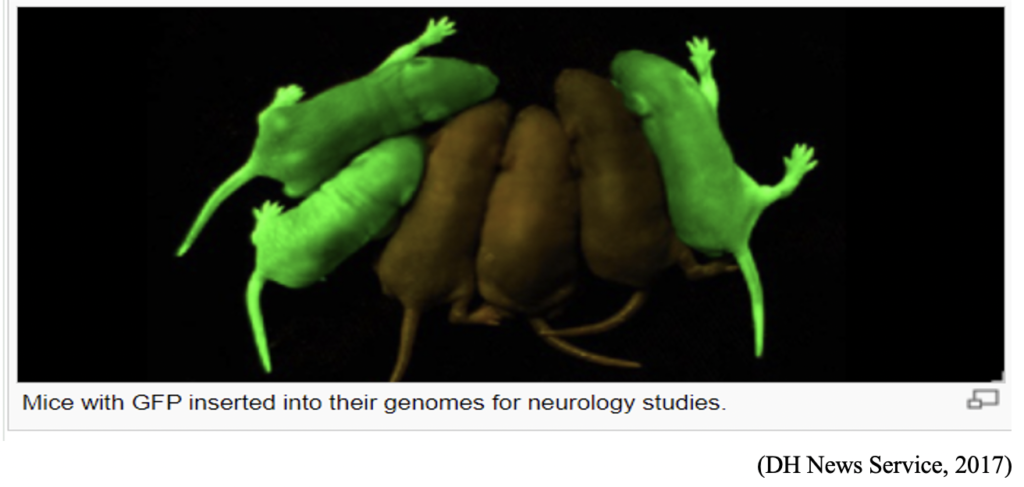
LEARN MORE: ‘Glow-in-the-dark mice brings next-gen gene therapies closer’
I impatiently waited to see these mice glow because I did not really believe it would be that obvious. I was extremely shocked when I saw these mice for the first time as they do in fact glow green! Below is a great example of what the mice look like while using the light technology.
LEARN MORE: NogginFest 2022: A Mid-Pandemic Revival!
We’re mostly able to see green on stomachs, paws, and tails as that is where there is the least amount of light blocking fur, and mice are a much brighter green when they are younger. We can still genotype and identify the mice when they are adults but it can be a little more challenging to get a clear visual.
I’m incredibly grateful for this opportunity to be in Dr. Miranda Lim’s lab and to work with an amazing and talented team. I’m excited to see where this career choice will take me in the future.
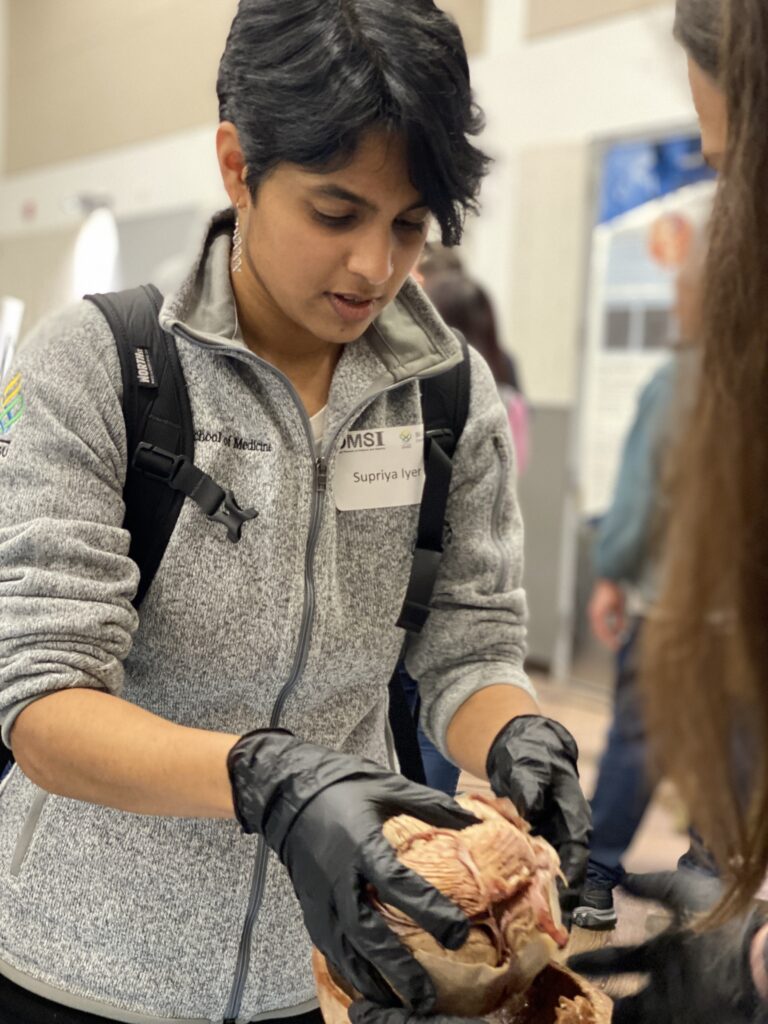
Resources for Aspiring Researchers, Former Foster Youth, and First-Gen Students!
NIH RePORTER, reporter.nih.gov
An advanced database for ongoing research and funding across the United States.
Portland VA Research Foundation, https://www.pvarf.org/foundation-resources/
Careers, internship, and fellowship opportunities offered at the Portland VA. This website also allows you to be notified of new research or research related positions regularly when signing up!
BUILD EXITO, https://www.pdx.edu/exito/, https://www.ohsu.edu/education/build-exito-psu
BUILD EXITO is an undergraduate research training program that is offered at PSU as well as other accredited universities. EXITO’s program is wildly recognized by the NIH and looks great on a cover letter. This program intends to serve students of first generation and/or minority status.
Foster Club, The National Network for Youth in Foster Care, https://www.fosterclub.com/
A website that offers job training, life skills coaching, mentorship, financial resources, as well as career and educational opportunities. This website can also get you in touch with other foster youth through events, seminars, and workshops.
iFoster, https://www.ifoster.org/
Another website aiming to offer aid, services, and resources to youth in foster care and adults that have exited the foster care system.
Women in Science, https://womeninsciencepdx.org/
A Portland organization that aims to promote the retention and promotion of women in STEM in all stages of professional development. This website offers workshops, conferences, and seminars for career development for women in STEM. This organization also provides outreach and fundraising for young female scientists.


